Why does a rose have red leaves and what to do?

Roses are often a decoration for summer cottages. However, sometimes these flowers lose their beauty, and their leaves begin to turn red. This is often natural, but in this case the plant looks quite healthy. And it happens that the cause of redness is a specific problem, due to which the culture may even die. Why the leaves of roses turn red and what to do about it will be discussed in the article.

Bad conditions
One of the most common reasons a rose can have red leaves during the summer is due to improper growing conditions.
Usually, a similar problem can be observed in cases where the flower was transplanted from a shaded area to a place well-lit by the sun. For a rosebush, such jumps in conditions are a huge stress, and therefore it can get sick and change its color. Moreover, this problem is typical for those plants that originally grew in the shade and were transplanted in the sun. In the opposite direction, this does not work, and the flower usually does not suffer from the change of sunlight to shade.
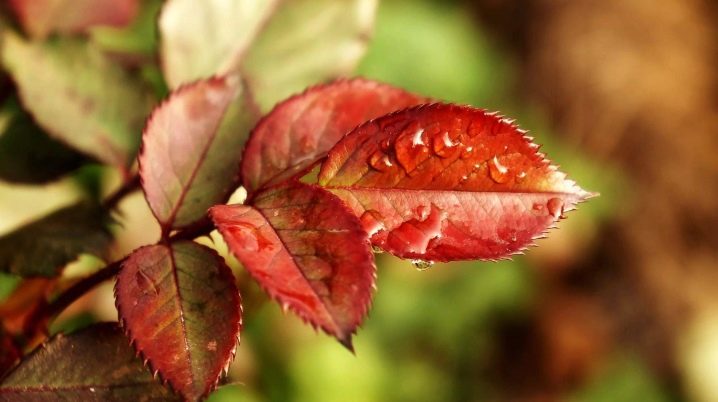
It is worth noting that in the summer, such a cardinal change in the conditions for a flower cannot be carried out. Otherwise, the plant will simply begin to shed its leaves and lose its decorative effect.
It is recommended to transplant a rose bush closer to autumn days. In this case, the green part of the flower may change its color, in particular, on the crown of the leaves, to reddish, but by the spring period it adapts to new conditions and stops producing a large amount of coloring pigment.
However, lighting is not the only reason why shoots and leaves of a house plant turn red. It is quite possible that this phenomenon is caused by poor soil. As a rule, redness is a consequence of a deficiency of such an important element as magnesium. If the flower lacks it, then its leaves at first begin to turn red, and then completely fall off. Having noticed a similar problem, we recommend feeding the plant.

To do this, you can use ordinary ash, which will quickly fill the lack of magnesium.
Burgundy pink leaves can also become due to a lack of phosphorus fertilizers. In this case, the leaf plate acquires a reddish or purple tint at the edges. The lack of this element is fraught not only with a change in the color of the leaf, but also with late flowering, weakening of the root system and fragility of the shoots. It is not difficult to solve this problem: it is necessary to establish a feeding regime. The plant can be fed with complex fertilizer or superphosphate, after which it is necessary to mulch the soil around the bush.
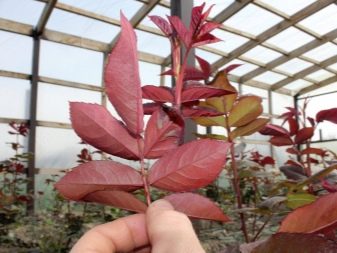

Improper care
But improper care in itself can rarely cause reddening of the foliage of the bush. However, there are some nuances here that can lead to a problem.
So, the reason may lie in non-disinfected garden tools. With it, you can transfer the infection from diseased plantings to healthy ones. This infection is subsequently activated and begins to precipitate the flower, provoking redness of its leaves and other problems.
Untimely parasite control is also often the reason for the redness of the rose.
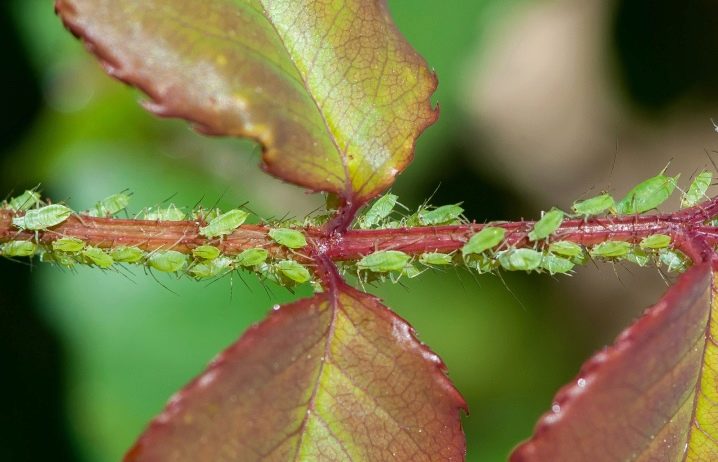
Not only do harmful insects suck out juices from the plant, thereby weakening its immunity, they are also carriers of fungus and viruses. The latter, in turn, also cause enormous damage to the culture and are quite capable of causing not only the redness of the foliage, but also the death of the bush. By the way, in order to get rid of parasites, it is necessary not only to use chemical and folk remedies in the fight against them, but also to eliminate weeds in a timely manner, because it is on them that pests often hide.
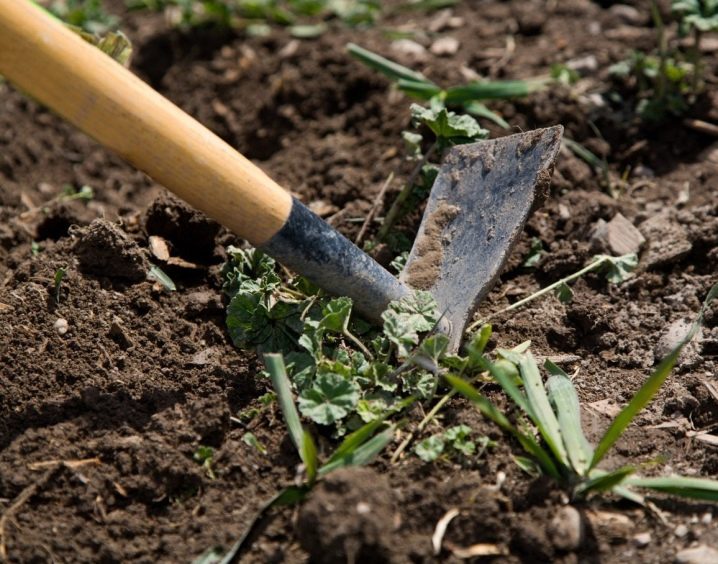
Treatment of diseases
Stem cancer
Stem cancer, also known as an infectious burn, can cause young leaves, sprouts, and stems of roses in your garden to turn brown.
This disease usually manifests itself during the spring, when the shelter is removed. The first symptoms of the disease are as follows: redness appears on the stem of the rose, which looks like brown spots with a reddish border. They can be present both on the lower leaves and at the very crown of the flower. Subsequently, those areas that were affected begin to crack, in these places after a while small ulcers begin to form - the causative agent of the disease develops in them. If you run it, you can see that the pink twigs begin to turn black.
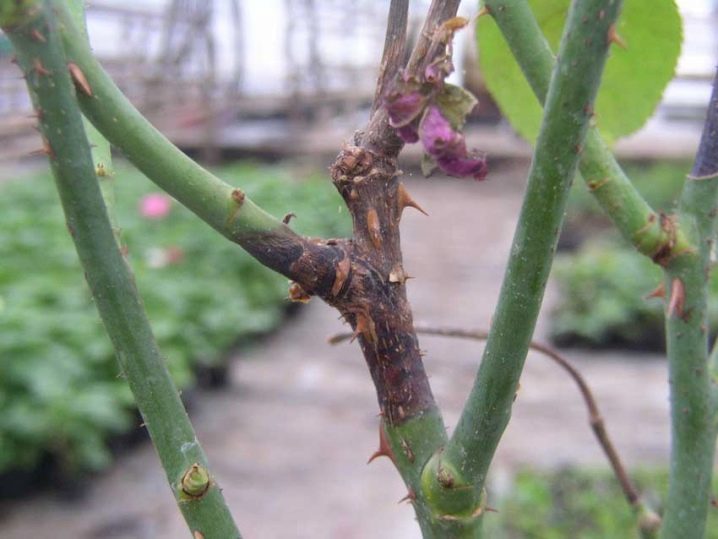
In order to prevent the development of the disease to the last stage, it is necessary to take timely measures to combat it.
So, diseased stems and leaves must be immediately eliminated, and the cut sites must be treated with fungicidal agents or a 1% solution of copper sulfate.
After that, in the summer, the disease is unlikely to make itself felt, because during this period favorable conditions are rarely present for it - dampness and temperatures below 20 degrees. But in the autumn period, the plant is recommended to once again inspect and eliminate the leaves that arouse suspicion and look sick. Next, the rose needs to be fed with a fertilizer with a high potassium content and treated with a fungicide.
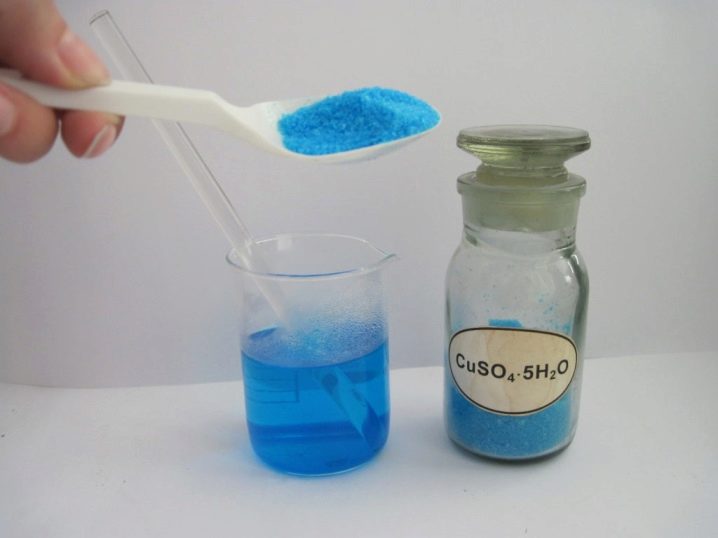
Rust
Rust is another disease of rose bushes caused by a harmful fungus. This is a dangerous disease that can easily destroy a flower, and getting rid of it is a very difficult task.
At first, rust appears as yellowish spots that spread along the stem and leaves, and sometimes along the petals. Further, the affected areas begin to crack, and if the color of the yellow spots changes to brownish or burgundy, then this indicates that the disease has managed to gain a foothold deep in plant tissues and will certainly make itself felt the next year.
Closer to autumn, rust begins to resemble black spot: dark spots also begin to form on the leaves, due to which the green part of the bush dries and falls off.

Subsequently, the plant sap stops circulating through parts of the flower, which causes the bush to die.
This disease is transmitted mostly by wind and harmful insects, and it is activated during periods of high humidity or with an excess of nitrogen fertilizers in the soil. Rust is actively transferred to plants that are grown nearby, and therefore must be dealt with immediately. To do this, on an ongoing basis, the plantings should be examined for the presence of the first symptoms, and if they are detected, the culture should be treated with a fungicidal agent - for example, such as Falcon, Topaz or Bordeaux liquid.
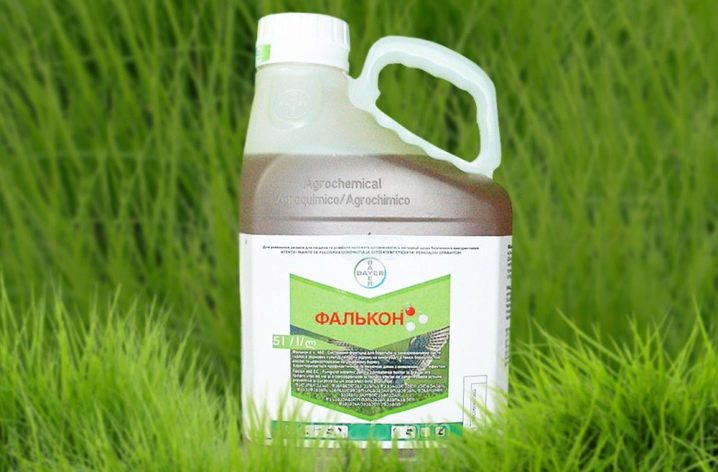
Peronosporosis
This disease is also known to summer residents as downy mildew. This disease often affects roses that are grown outdoors. Usually, the first symptoms of peronosporosis appear as follows: red, colorless or yellow spots form on the leaves, which in some cases have a black border. With the development of the disease, the leaves curl and die off, which happens quite quickly.
To combat this fungal disease, it is necessary to resort to treatments with products with a high copper content. And so that the culture does not become infected, it is recommended to increase its resistance to the fungus.This can be done by applying phosphorus-potassium dressings.
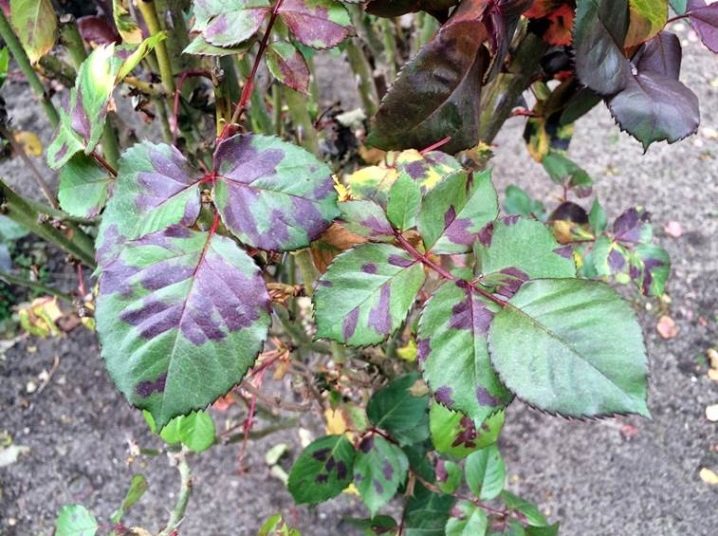

































































































The comment was sent successfully.